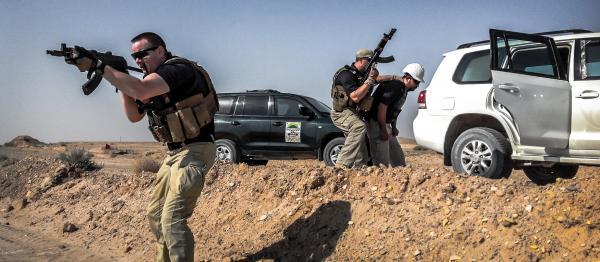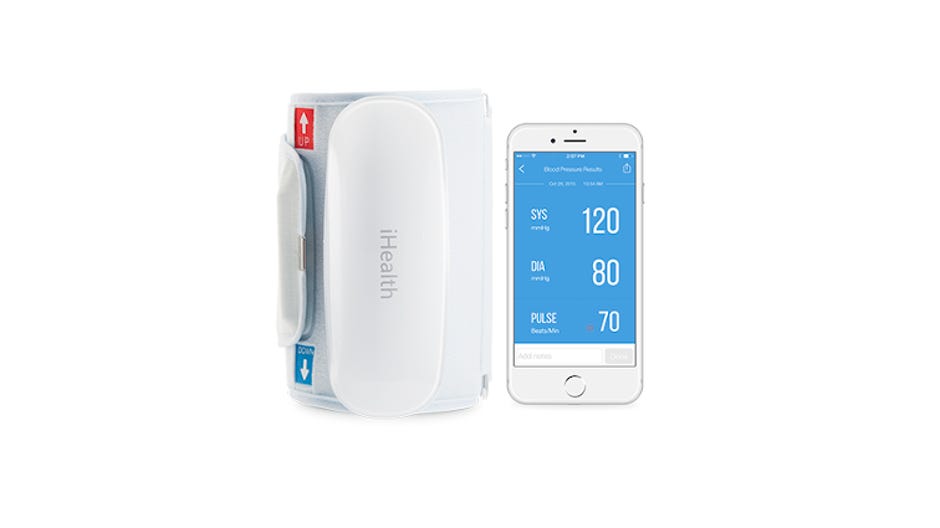
Protective gear is a crucial part of safe climbing. They help prevent falls by lowering the climber while climbing, and providing multiple points of friction to the climber. Climbing safety devices allow a climber to be lowered without the need to carry all their weight. Before using climbing protection devices on a real climb, a belayer must first be trained in controlled conditions. A great way to learn to properly use a beacon is to take climbing classes.
Active rock climbing protection devices
Protective devices for active rock climbing are an effective way to secure yourself to the rock. They are made from spring-loaded, spring-loaded camming and sliding ball-nuts. They can be placed in cracks or pockets of a vertical or horizontal wall. Some cams are designed to work in flaring and some are for vertical cracks. These devices need to have cleaning and lubrication.
Passive rock climbing protection devices are wires and nuts. These devices are usually made of high-strength tape, which is then sewn into a looped strap. These devices are often used in tandem with other pieces of protection, such as a harness.
Slings
Slings protect climbers from falling. These devices are made from a variety materials. They can be as thin as one inch thick or as thick as eight inches. They are made from nylon fibers, and come with a core and sheath. They are useful for clipping into anchors and for extending runners on long pitches.

Slings can not only be used as climbing safety devices but they can also serve as protection for large traverses, long pitches and roofs. Slings are generally double-length but can be tripled up for use as a single, long rope in alpine climbs.
Cams
Cams are protection devices for climbing that protect against falling rocks. They work by pressing against the rock, which causes the outward force to be directed. The strength of a cam depends on the type of rock and how well it is placed. Some cams are more powerful then others, so you should use caution.
There are two types if climbing protection: passive protection and active protection. Active protection employs moving parts, such cams, while passive protection uses a fixed object. This is usually a piece of metal. The first cams were introduced by Ray Jardine in late 1970s with his spring-loaded camming device.
Bolts
There are many types of bolts that can be used in rock climbing. One of the most widely used types is the Ring Bolt. These are made of a stainless steel rod with a loop on one end. These bolts can then be glued into the rock using part of the loop. This loop can be used as a hook to attach a quickdraw (or other climbing protection device). Another type is the U-bolt. This type is similar the ringbolt except that it is made of a stainless rod bent into U-shaped.
Some rock climbing routes require protection that is more permanent. Bolts are normally installed on rocks to prevent falls. There may be multiple points of protection on routes. Be sure to check the requirements of your route. Modern bolts are made from stainless steel and are designed to withstand up to 5,600 pounds of pull and 3,300 pounds of outward force. However, over time, even the best-placed bolts may need to be replaced.

Nuts
Climbing protection tools such as nuts or bolts are essential to any climber’s toolkit. They not only secure the climber but also protect the rock from cracks and damage. Be sure to choose nuts and bolts with care and consider the best orientation.
They come in a variety of sizes and colours, with most coloured to aid identification. They can be used to insert into cracks or constrictions in rock. Generally, a nut wedges into a narrow crack by capturing the narrow end. The original nut was invented by John Brailsford in the 1960s. Modern nuts can have a sloping design and fit into either flared or pin-scarred cracks.
FAQ
Where can I find a stungun?
Stun guns can be purchased at many locations.
Online stores such as Amazon.com, eBay and Walmart are available.
You can also visit brick-and-mortar stores such as sporting goods stores, hardware stores, etc.
What should I look at in a class for self-defense?
Look at the instructor's reputation and experience when selecting a self-defense class. Ask about their credentials.
Also, ask if they offer free trials or discounts. Some instructors offer special offers for new students.
Ask if online classes are offered.
Ask if the school offers emergency medical attention after class. This is especially important for anyone who gets hurt in class.
A class should offer many exercises. This will allow you to practice each technique in a relaxed environment.
Can I carry a stun gun legally?
Yes. You will need to apply for a permit in your state.
To apply for a permit, you must fill out an application form and pay a fee.
You must keep your permit visible once you have received it (like your wallet).
You will need to repeat the process if your permit is lost.
How to stay safe if you aren't physically able to protect yourself?
If you cannot defend yourself physically against an attacker then you should find someone who can.
You might need to ask someone for help. It may be necessary to dial 911. But if you don't take any action, you could die.
You can also reach out to your local domestic violence shelter. To help women stay safe, many shelters offer safety training classes.
Do stun guns hurt people?
Not really. The stun gun injects a tiny amount of current into the skin.
This isn't permanent damage.
Statistics
- Most likely, the person will want some kind of boxing match, so if you can out-box them, this would be 100% ideal for survival. (budodragon.com)
- Most likely, you'll get tapped out by 90% of the people in your first 3-5 months. (mmaclan.com)
- Saying this, Self defense 101 would be the importance of situational awareness, which can never be replaced by the finest of martial arts, because it is this that would help you to avoid any likely attacks in the first place. (worldofselfdefense.com)
- Boxers aren't allowed to fight in a clinch, which is a position that occurs in 80% of the streetfights. (mmaclan.com)
External Links
How To
How to use pepper spray properly for self-defense
Use pepper spray gloves to protect your hands. It will prevent accidental discharge.
When using pepper spray, the second thing you should do is aim at your eyes. These are the most sensitive parts of the human body, and if the spray hits them, it could cause severe damage. It is better to aim towards the nose than directly at the eyes.
You need to hold the canister tightly in your hand when using pepper spray. Because if the canister falls, it could burst open and spray everywhere. When you are ready to fire, squeeze the trigger slowly. Keep the trigger down so that pepper spray doesn't go off.
Pepper spray works best when sprayed directly into the eyes. If you can't reach your eyes, make sure to spray towards the nose.
The attacker will feel very uncomfortable after the pepper spray has reached its target. You may notice that you feel nauseated and dizzy. You may experience intense itching or burning sensations.
You should quickly flee the area once you have been rendered unconscious by your attacker. Don't let him/her get near you again. Notify the police immediately.